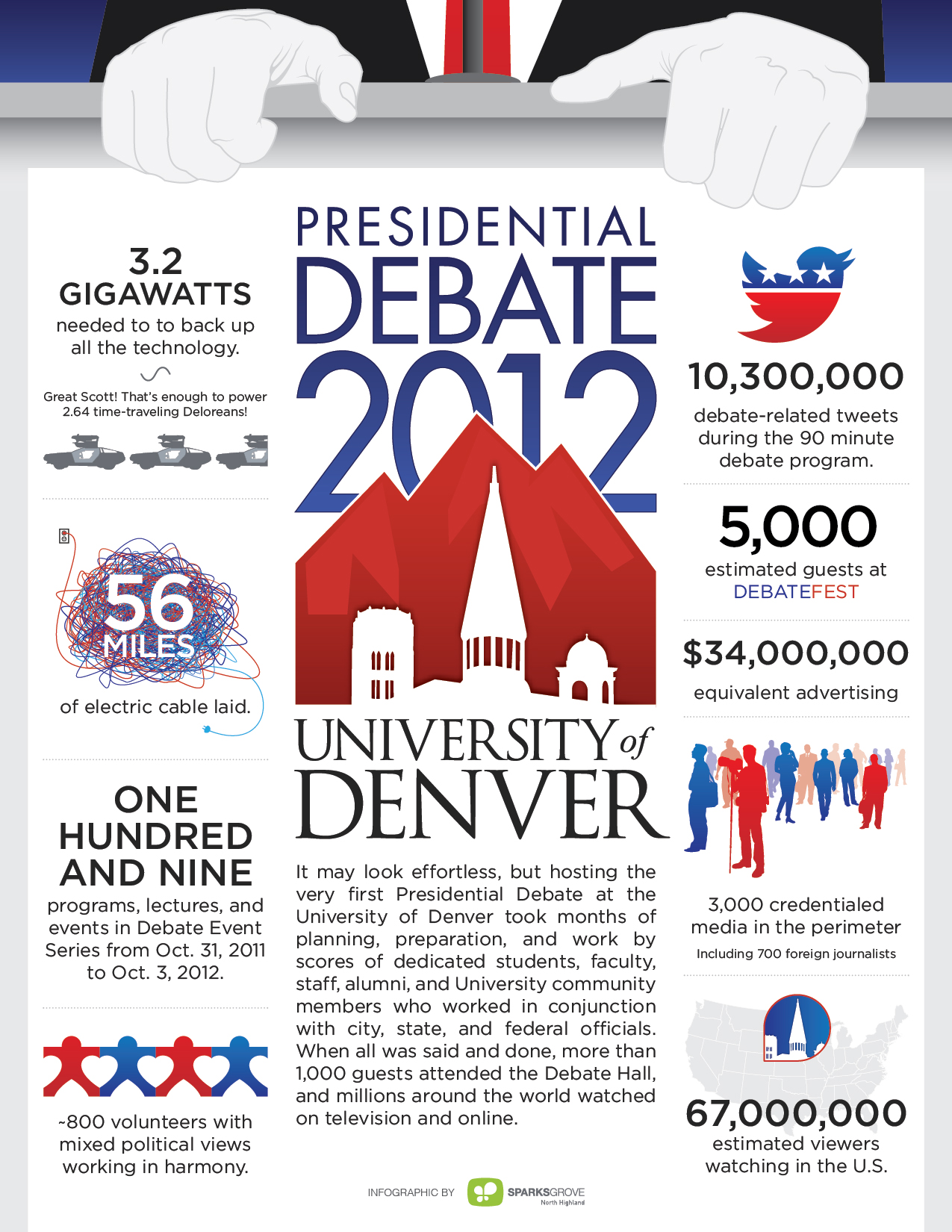Have you ever wondered if your change management projects are really ‘getting the job done’? Do you see opportunities for using new technologies to take change to the next level? Are you curious about what the latest thinking is about how to successfully drive change?
Please join us for an ACT hosted webinar discussing how social media and other tools can help drive change internally. Part marketing, part community building, part culture change – social tools can do many things to help change managers successfully deliver. Dr. Julie Williamson from the North Highland Company will be talking with Allison Michels from Yammer about how they are helping clients to leverage the power of social to support change efforts. Their real-world stories from the trenches will help you think about new ways to successfully drive change in your organizations.
Click here to view the webinar: http://tinyurl.com/c824jxx
November 14, 2012, 2:00pm EST
Specifically, you will hear about 5 key elements of sustainable change, four ways technology helps, and three specific types of technology that vastly improve change management efforts. Join us as we talk about how to ‘change the way we change’ through social media.
We look forward to hosting you on our ConferenceCast Social platform allowing you to participate in the conversation utilizing social media such as Yammer, Twitter, LinkedIn and Facebook.
Julie Williamson, PhD Vice President at The North Highland Company
Dr. Julie Williamson is a leading voice in change management and organizational design. Her research in organizational communication includes work on how collaboration happens within social media communities and through technology enablement. As a Vice President with The North Highland Company, Julie leads change management and organizational development programs for companies around the world. Her deep expertise in the communications industry (including mobile, cable, and telco) combined with her academic grounding in social science and specifically organizational communication combine to provide her with an ideal perspective from which to consider how conferencing and collaboration tools can support effective change. Julie publishes and speaks on the effect of social media on communities, change management, organizational design, and the integration of technology and strategy. Julie has a Ph.D. from the University of Colorado, and an MBA from the University of Denver. She can be reached at julie.williamson@northhighland.com.
Allison Michels, Manager of Learning and Development for Customer Education Services at Yammer.
Allison delivers education programs to customers and engages in the people side of change. She loves seeing new Yammer users’ light bulbs go off when they discover new ways to use Yammer. Her focus is on training and coaching the C-suite. Prior to Yammer, Allison was an IT Training Analyst at First Solar, a premier provider of fully integrated solar solutions. Allison holds a B.A. in Business Administration from the University of Toledo and is currently pursuing her Masters of Education, Technology and Leadership at George Washington University. Follow her at @anicole87.
About ACT Conferencing
ACT Conferencing is a global provider of audio, web and video collaboration solutions. For more than 20 years, the world’s largest enterprises and communication providers have depended on our consultation and service delivery to increase revenues, improve productivity, reach new markets, and outperform their competition. ACT creates a globally consistent, but culturally localized, unified communications experience. We design solutions which integrate seamlessly into diverse operating environments, and we apply service assurance controls in order to maintain the superior levels of quality and responsiveness required by multinational clients. ACT’s unique capabilities are preferred by clients who value solutions that are easier to use, less costly to deploy, and enable teams to focus and achieve results faster.




